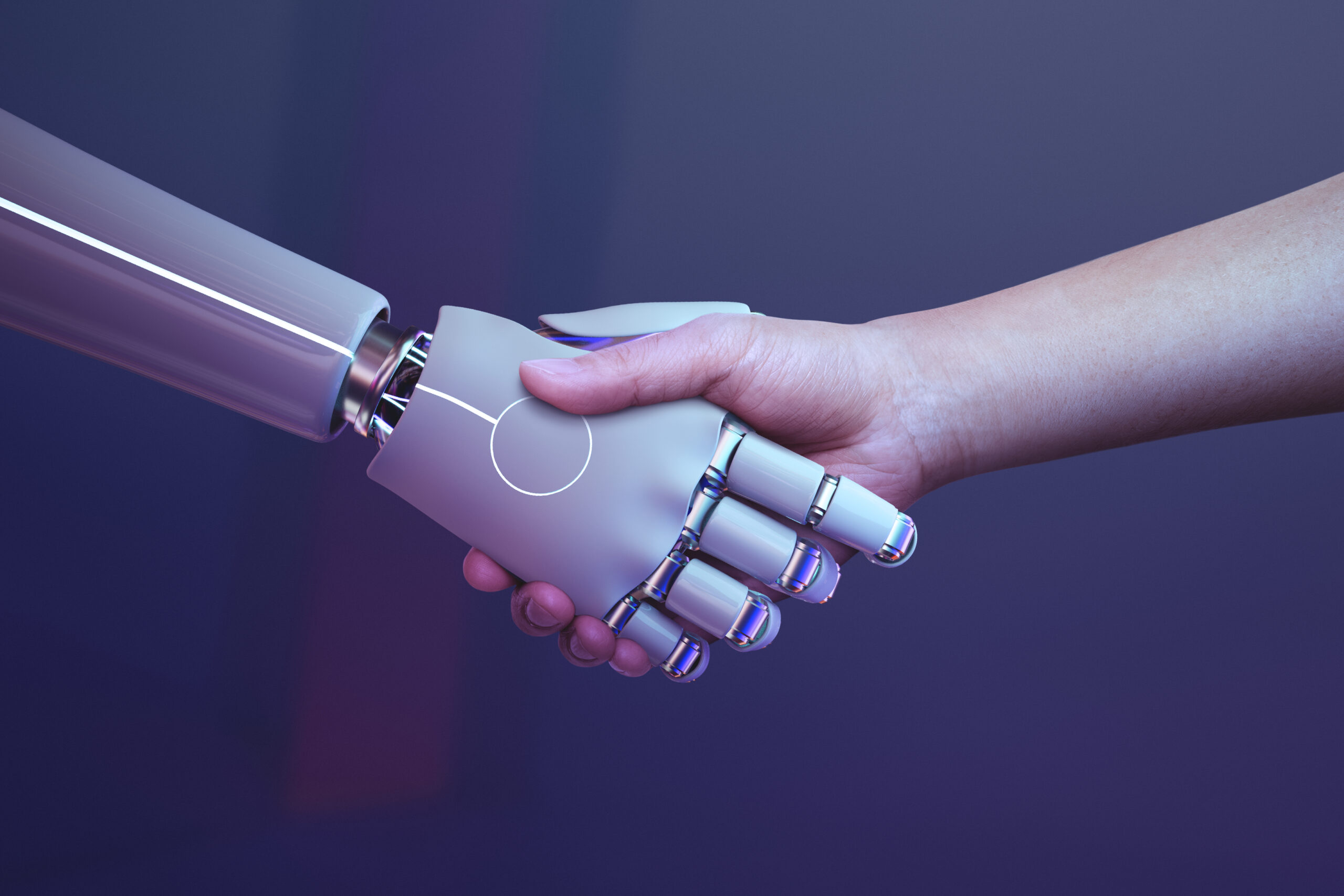As companies increasingly recognize the symbiotic relationship between employee engagement and organizational output, new strategies have emerged to boost productivity, especially in sales teams. One of these strategies that is gaining popularity is gamification. This vibrant approach increases sales team performance by injecting competitive and collaborative elements into everyday tasks. Combined with CRM (Customer Relationship Management) software, gamification becomes a powerful tool to drive action, drive engagement and ultimately increase profits. However, to truly realize its potential, companies must understand the mechanics of gamification and how it fits into their CRM systems.
Understanding the concept of gamification
Gamification refers to the application of game design elements and game principles in non-game contexts. In the business world, this translates to integrating 'play' elements such as points, leaderboards and competitions into work tasks to boost motivation and increase engagement. The underlying rationale behind gamification is the human tendency toward competition and achievement. By disguising work as play, companies can stimulate this innate drive, leading to more enthusiasm, less monotony and better performance.
However, gamification is not just about making work fun. It serves a functional purpose and improves performance through persistent feedback and real-time monitoring. Sellers can track their progress through a visually appealing interface, making the task less intimidating and more fun. This real-time tracking allows sales managers to identify laggards and high performers early, effectively addressing issues and recognizing wins.
A mistake companies often make is to equate gamification with trivialization, reducing work to mere games. This interpretation ignores the purpose of gamification, which is to leverage our natural love of games to foster a more engaged and productive workforce. Gamification is not about playing games, but about applying game mechanics to promote desired behavior, such as proactive prospecting or improved customer service.
Exploring the connection between gamification and CRM
Customer Relationship Management (CRM) software serves as a conduit for gamification. CRM systems facilitate the capture, analysis and use of customer data, allowing companies to deepen customer relationships and optimize sales efforts. Gamification combines these mundane tasks with game mechanics and transforms them into fun, competitive activities for salespeople.
Gamification and CRM go together seamlessly as both aim to improve employee performance and improve customer relationships. A gamified CRM system increases productivity and encourages salespeople to complete tasks efficiently and effectively by provoking friendly competition or providing rewarding gameplay experiences. Examples of tasks include following up on sales leads, updating customer information or achieving sales goals.
The combination of gamification with CRM software not only improves sales team performance, but also creates a customer-centric culture. As salespeople rush to achieve goals, they inevitably prioritize customer needs, which are at the center of most tasks. By making the CRM system more interactive, gamification motivates employees to enter accurate and detailed customer data, creating a richer and more beneficial CRM system.
CRM software supports gamification initiatives by providing the data needed to set tasks, track progress, and reward success. This symbiotic relationship keeps salespeople motivated and the CRM remains a valuable repository of customer information.
Key concepts in gamification in sales
Gamification in sales depends on a few key concepts. First, competition is the driving force behind gamification. Salespeople naturally have a competitive advantage; Gamification takes advantage of this by stimulating internal competition.
Second, collaboration is just as powerful as competition in driving team performance. By creating tasks that require teamwork or collective problem solving, gamification fosters a collaborative environment conducive to mutual learning and improvement.
Third, real-time feedback, which is often overlooked, is critical in gamification. It allows sellers to continuously monitor their performance and make necessary adjustments.
Finally, the reward system acts as an incentive for salespeople to participate in the gamified tasks. Whether it concerns recognition, prizes or bonuses, rewards must match the ambitions of the participants and must be worthwhile.
Strategic ways to improve team performance
Now that we understand the basics of gamification and its relationship with CRM, let's dive into five strategic ways to use gamification to increase the productivity of your sales team.
To work
Integrating gamification into CRM starts with task identification. Identify mundane tasks that routinely cause groans from your sales team. These are perfect for gamification. The goal is to turn these loathed jobs into exciting quests or challenges. This could include updating customer information, scheduling meetings, or following up on leads – chores that are critical to maintaining healthy customer relationships but are often overlooked due to their repetitiveness. You can use your CRM software to track and assign points to these tasks. As a result, your team will compete to complete these tasks faster and more accurately.
Driving Competition
After task identification, the next step is to initiate competition. Salespeople are naturally competitive creatures, performing well in competitions and leaderboards. Add elements such as points, badges and leaderboards to CRM tasks to fuel this competitive spirit. Salespeople can then race to complete tasks to earn points, increasing engagement and productivity. This will not only create a vibrant and dynamic environment, but also improve overall performance by highlighting high performers and motivating others to up their game.
Improving cooperation
While competition is a powerful motivator, collaboration should not be underestimated. Introduce cooperative elements such as team missions or joint problem-solving tasks to promote teamwork. These tasks can be linked to customer acquisition, customer retention, or revenue generation. By creating common goals and promoting interdependence among team members, you forge a sense of community and camaraderie, which can significantly improve team morale and performance.
Real-time feedback
Giving real time feedback is a key feature of gamification that drives engagement. Real-time feedback allows team members to continuously assess their performance, identify areas for improvement and make timely corrections. Furthermore, when integrated into a CRM, gamified tasks provide instant feedback about how well employees use the system and fulfill their responsibilities. This continuous feedback system keeps sellers informed of their progress and keeps them engaged with the competition.
Reward system
The final step is to set up an attractive reward system. Identify rewards that resonate strongly with your sales team. This can be anything from recognition to tangible prizes or bonuses. But make sure the rewards are commensurate with the effort put in and that they cultivate a sense of achievement. The reward system will provide the incentive to participate in the gamified tasks, taking performance to new heights.
Measuring success: evaluating post-gamification performance
After you launch your gamified CRM, you should measure its success by comparing its pre- and post-gamification performance. This will provide insight into whether the strategy has increased productivity, improved customer relationships, or improved sales team morale. Please note that the effects of gamification may not be noticeable immediately, but a steady increase in the parameters mentioned above will indicate a successful implementation. Always be willing to adjust and improve the system based on feedback from your sales team or observed results.
Conclusion
Transforming mundane tasks into exciting gameplay through gamification is a powerful strategy for improving sales team performance. When seamlessly integrated into CRM software, gamification can inspire action, drive engagement, and ultimately improve the bottom line. While the success of gamification depends on the proper implementation of competition, collaboration, real-time feedback and a reward system, it also relies heavily on a deep understanding of the sales team's dynamics and ambitions. When companies consider gamification to increase their sales, they should ensure they hit the right notes of their sales team's motivations and use CRM software as an effective tool to gamify the tasks efficiently.













